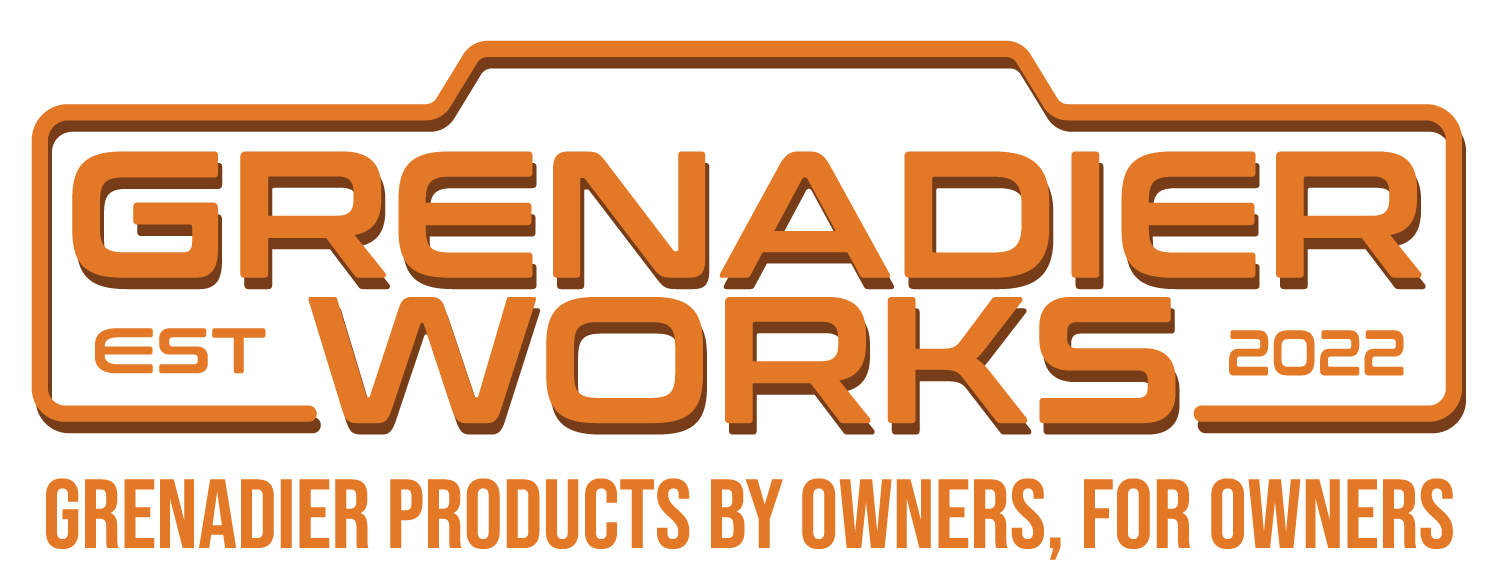- Local time
- 9:15 PM
- Joined
- Nov 1, 2021
- Messages
- 29
I apologize if this is old news but I just saw it today for first time. US site now carries this footnote:
"The CO₂ emission (Gasoline – 523-541g/mi) and fuel consumption (Gasoline – 15.7-16.3 mpg) figures quoted by INEOS are Combined Cycle estimates. Where a range is quoted, the low figure is from a base vehicle, high from fully optioned vehicle with off-road tires. Passenger (M1) vehicles are tested with 15% of payload. Commercial (N1) vehicles are tested with 28% of payload (Bodystyle and powertrain availability may vary by market). These figures may not reflect real world driving conditions, which will depend upon a number of factors including variations in weather, driving styles, vehicle load and accessories fitted (post-registration). "
And under Consumption and Emissions: "Fuel consumption - combined (WLTP)14.37 l/100km." Which according to my figuring is 16.37 MPG (US).
So what does that likely mean for highway? 19MPG or so? Or am I too optimistic.
"The CO₂ emission (Gasoline – 523-541g/mi) and fuel consumption (Gasoline – 15.7-16.3 mpg) figures quoted by INEOS are Combined Cycle estimates. Where a range is quoted, the low figure is from a base vehicle, high from fully optioned vehicle with off-road tires. Passenger (M1) vehicles are tested with 15% of payload. Commercial (N1) vehicles are tested with 28% of payload (Bodystyle and powertrain availability may vary by market). These figures may not reflect real world driving conditions, which will depend upon a number of factors including variations in weather, driving styles, vehicle load and accessories fitted (post-registration). "
And under Consumption and Emissions: "Fuel consumption - combined (WLTP)14.37 l/100km." Which according to my figuring is 16.37 MPG (US).
So what does that likely mean for highway? 19MPG or so? Or am I too optimistic.




